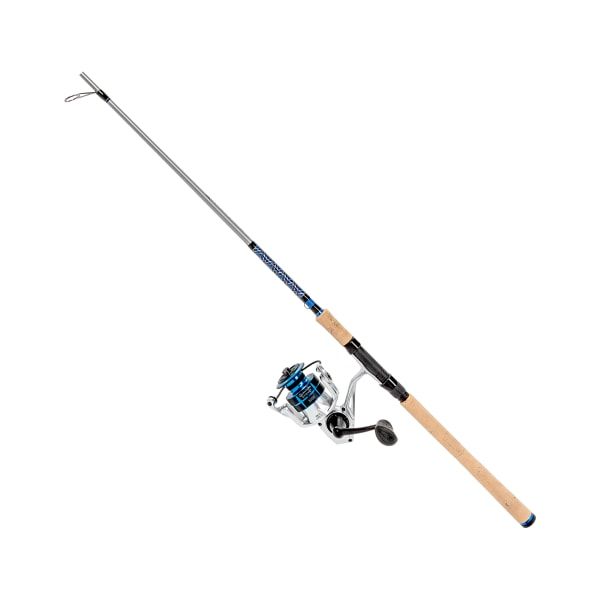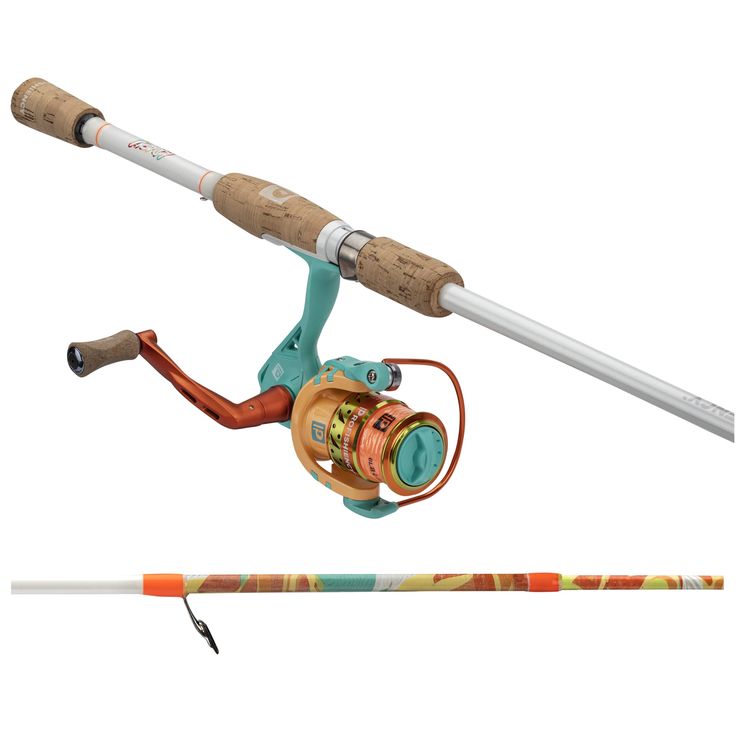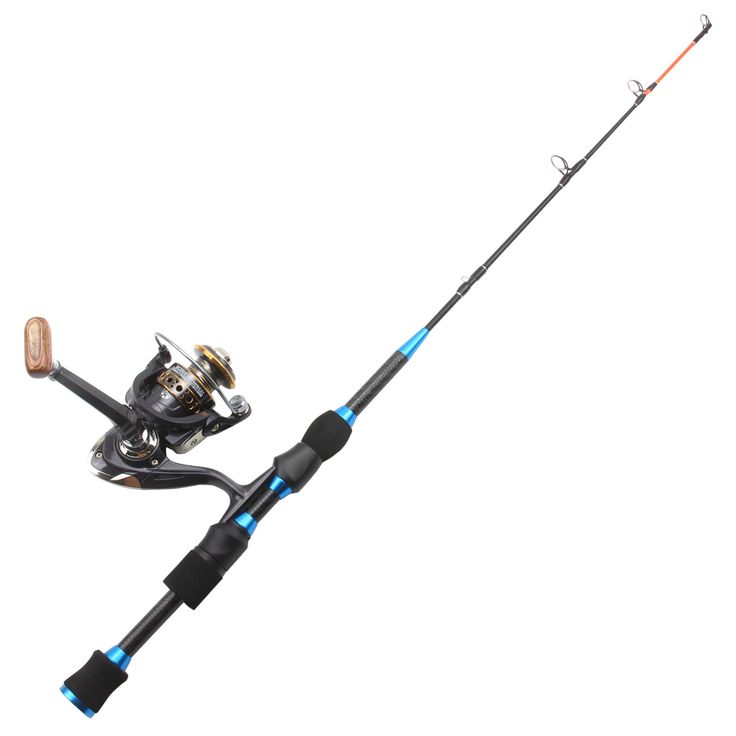Introduction to Fishing Rod Repair
Fishing is a beloved activity by many, but a damaged rod can spoil the fun. Learning how to repair a fishing rod is not only cost-effective but also extends the life of your favorite gear. Whether you’re dealing with a snapped tip, a fractured blank, or a loose guide, the right repair methods can make your rod as good as new.
Repairing a fishing rod may seem daunting at first. However, with a bit of patience and the correct tools, you can tackle most problems. This guide will walk you through the essential steps on how to repair fishing rod issues effectively. Stay prepared for common issues and maintain your rod’s performance for your next fishing adventure.

Common Reasons for Fishing Rod Damage
Fishing rods can break for various reasons. Recognizing these can help you prevent future damage. Here are the most common causes:
- Wear and Tear: Regular use over time can weaken the rod, causing it to break.
- Overloading: Casting a lure or sinker that is too heavy for the rod’s rating leads to stress and potential breaks.
- High-sticking: Bending the rod too much, especially at a sharp angle, can cause the tip or the blank to snap.
- Impact: Accidental knocks or drops can lead to fractures, especially in the more fragile sections of the rod.
- Improper Storage: Storing your rod without a protective case or in places with extreme temperatures can cause damage.
- Poor Maintenance: Failing to clean and maintain your rod can lead to corrosion and weakened components.
By knowing how to repair fishing rod issues and understanding these common causes, you can take better care of your equipment. Next, we will explore the necessary tools and materials for rod repair.
Tools and Materials Needed for Rod Repair
To fix your fishing rod, gather the right tools and materials. This prepares you for any repair job. Here’s what you’ll need:
- Epoxy or Rod Bonding Agent: This secures new components in place.
- Rod Tips: Have various sizes on hand for quick replacements.
- Rod Guides: Replace damaged guides with matching sizes.
- Thread: Choose a durable thread for re-wrapping guides and handles.
- Sandpaper: Smooth out rough edges after making cuts or adjustments.
- Scissors or Cutters: Use these to snip thread and trim rod parts.
- Heat Source: A lighter or heat gun helps to bind thread wraps.
- Masking Tape: This holds parts in place temporarily during repair.
With these tools, you can tackle most issues from restoring tips to fixing guides. Understanding how to repair fishing rod elements gets easier with the right equipment. Keep your gear organized and ready for any needed fixes while on your fishing adventures.

Inspecting Your Fishing Rod for Damage
Before you begin to understand how to repair fishing rod damages, thorough inspection is crucial. Start by scrutinizing every inch of your fishing rod in a well-lit area. Look for visible signs of cracks, bends, or wear that might compromise the rod’s integrity. Pay close attention to the following areas:
- Rod Tip: Check for breaks or bends that can affect the casting.
- Rod Blank: Examine the entire length for any fractures or unusual bends.
- Guides: Ensure all guides are securely attached and not misaligned.
- Handle: Look for any damage to the cork or foam grip.
- Reel Seat: Make sure the reel seat clamps the reel firmly without any wobble.
Twist and gently flex the rod to reveal more subtle issues like hairline fractures. If you hear creaking or popping sounds, this may indicate hidden damage within the rod’s structure. Once you’ve identified all the areas that require repair, you can gather your tools and materials and proceed with confidence, knowing exactly what needs to be fixed. Remember that early detection of problems can save you from costly replacements and lost time on the water.
Replacing the Rod Tip
When your fishing rod tip breaks, don’t fret. Replacing it is straightforward. Here’s how to repair fishing rod tips efficiently:
- Remove Old Tip: Heat the damaged tip with a lighter. This loosens the glue. Gently twist and pull to remove it.
- Select New Tip: Choose a replacement that fits your rod’s diameter perfectly.
- Prepare Rod End: Clean the rod’s tip area. Use sandpaper to smooth out any rough edges.
- Apply Glue: Use a rod bonding agent or epoxy. Apply it to the rod tip.
- Attach New Tip: Slide the new tip over the glue. Align it with the rod’s guides.
- Let it Cure: Wait for the adhesive to set. Follow the glue’s drying time instructions.
By following these simple steps, you can successfully replace a broken rod tip. Always ensure the replacement tip is aligned correctly to maintain your rod’s performance for future fishing trips.

Repairing Broken Rod Blanks
When you discover a break in the rod blank, it requires prompt attention. Here’s a step-by-step process on how to repair fishing rod blanks successfully:
- Identify the Break: Locate the exact spot where the rod blank is broken. Look for splinters or cracks.
- Prepare the Surface: Gently sand around the break. This gives a better grip for adhesives.
- Align the Pieces: Carefully join the broken ends. They should fit snugly together.
- Apply Epoxy: Coat the surfaces of both ends with a strong bonding agent or epoxy. This ensures a solid bond.
- Wrap with Thread: Use a durable thread to wrap around the broken section tightly. This adds strength.
- Heat to Secure: Run a heat source over the thread wraps. This helps the epoxy to penetrate and seal.
- Let it Cure: Give ample time for the repair to settle. Follow the directions for the epoxy’s cure time.
By accurately following these steps, you can restore the integrity of your fishing rod’s blank. Always check the repair job before heading back to the water. This ensures your rod is ready for action.
Fixing and Replacing Guides
When you’re learning how to repair fishing rod issues, dealing with guide problems is common. Guides can loosen, break or become misaligned, affecting your casting and line retrieval. Address these issues promptly for an effective and enjoyable fishing experience. Here are the steps to fix and replace the guides on your fishing rod:
- Remove Damaged Guides: Carefully heat the guide’s feet with a heat source. This loosens the thread wraps and adhesive. Use a razor blade or cutters to slice through the thread. Gently remove the guide.
- Prepare the Surface: Once the old guide is off, clean any residual epoxy or thread pieces from the rod. Use sandpaper to smooth the area for the new guide to adhere properly.
- Select New Guides: Pick a replacement guide that matches the size and type of the original. Having the correct size ensures your rod functions correctly.
- Position the New Guide: Place the guide correctly on the rod, making sure it aligns with the other guides. Secure it temporarily with masking tape.
- Wrap the Guide: Use the chosen durable thread to wrap the guide feet snugly to the rod. Keep the wraps tight and even for a secure fit.
- Apply Epoxy: Coat the thread wraps with a thin layer of epoxy or bonding agent. Use a small brush for a precise application.
- Cure the Epoxy: Allow it to set completely. Ensure you follow the product’s instructions for drying time to create a durable bond.
By following these steps with care, you can fix and replace the guides on your fishing rod, ensuring a smoother line flow. Regular inspection and maintenance of your guides will help prevent future issues and prolong the life of your fishing rod.
Re-wrapping Your Rod Handle
After fixing tips and guides, the handle is next. A worn-out handle can ruin your grip. Follow these steps for re-wrapping your fishing rod handle to ensure a comfortable and secure hold:
- Remove Old Wrap: Peel off the old grip material. Use scissors if necessary.
- Clean the Surface: Remove any residue. A clean surface is key for the new wrap.
- Choose Your Material: Select a wrap material you like. Cork and EVA foam are popular.
- Cut to Length: Measure and trim your material to fit the handle.
- Apply Adhesive: Spread epoxy or contact cement evenly on the handle.
- Wrap Material: Start at one end and wrap tightly. Overlap each turn slightly.
- Seal the Ends: Use more adhesive to secure the ends of the wrap.
- Dry Thoroughly: Let it sit until the adhesive fully sets. Check the wrap is firm.
By re-wrapping the handle, you improve comfort and control. It helps in casting and fighting fish. The right material and a well-done wrap make a huge difference. Do this, and you’ll be ready for many more fishing trips. As you learn how to repair fishing rod issues, these skills add up. They keep your fishing gear in top shape, saving money and time.
Final Checks and Tips for Maintaining Your Rod
After repairing your fishing rod, it’s important to perform final checks. These ensure everything is set and secure. Walk through these last steps:
- Examine Repairs: Look over each repaired area. Make sure all parts are aligned and firmly attached.
- Flex Test: Gently bend your rod to check flexibility. Listen for cracks or creaks that could signal a weak repair.
- Check Alignment: Ensure all guides are in a straight line. This affects casting accuracy and line movement.
- Dry Test: After epoxy and adhesives dry, test the rod’s feel. Check the handle grip and tip action.
- Inspect Thread Wraps: All threads should be tight and sealed. Loose wraps can affect the guide’s stability.
With these checks done, focus on maintaining your rod for future use. Here are some upkeep tips:
- Clean Regularly: Wipe down your rod after each use. This removes salt, dirt, and grime that can corrode it.
- Store Safely: Keep your rod in a cool, dry place. Use a rod cover to prevent dust and scratches.
- Avoid High Temperatures: Don’t leave your rod in hot cars or direct sunlight. Heat can weaken the rod’s materials.
- Check for Wear: Before trips, inspect your rod. Look for signs of stress, wear, or loose parts.
- Lubricate Moving Parts: Reel seats and guides may need oil for smooth action. A drop of lubricant can help.
- Use as Intended: Follow the rod’s weight limits. Overloading can lead to breaks and the need for more repairs.
By mastering how to repair fishing rod issues and maintaining it well, you’ll enhance its lifespan. A well-cared-for rod offers reliability, better performance, and endless fishing enjoyment.